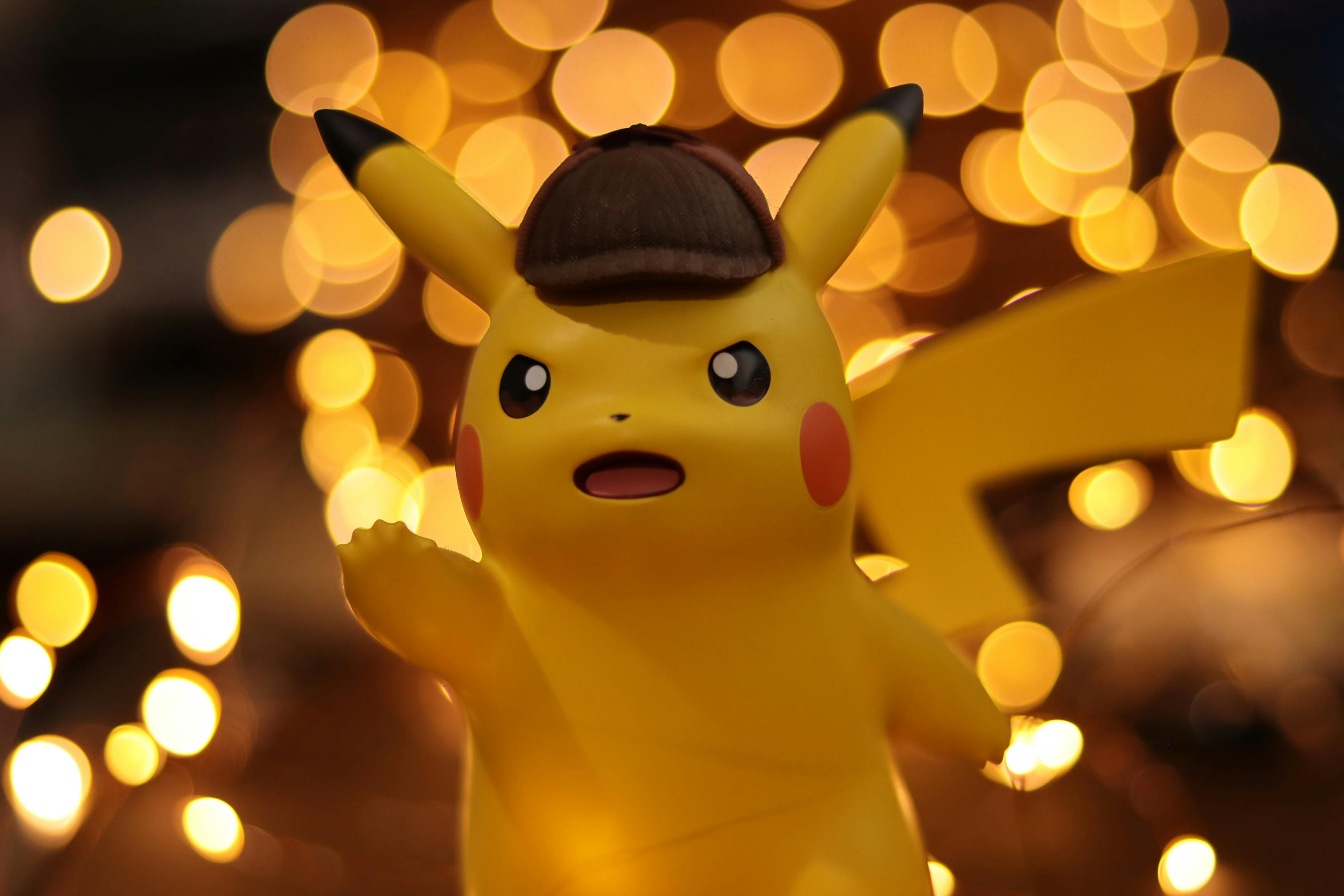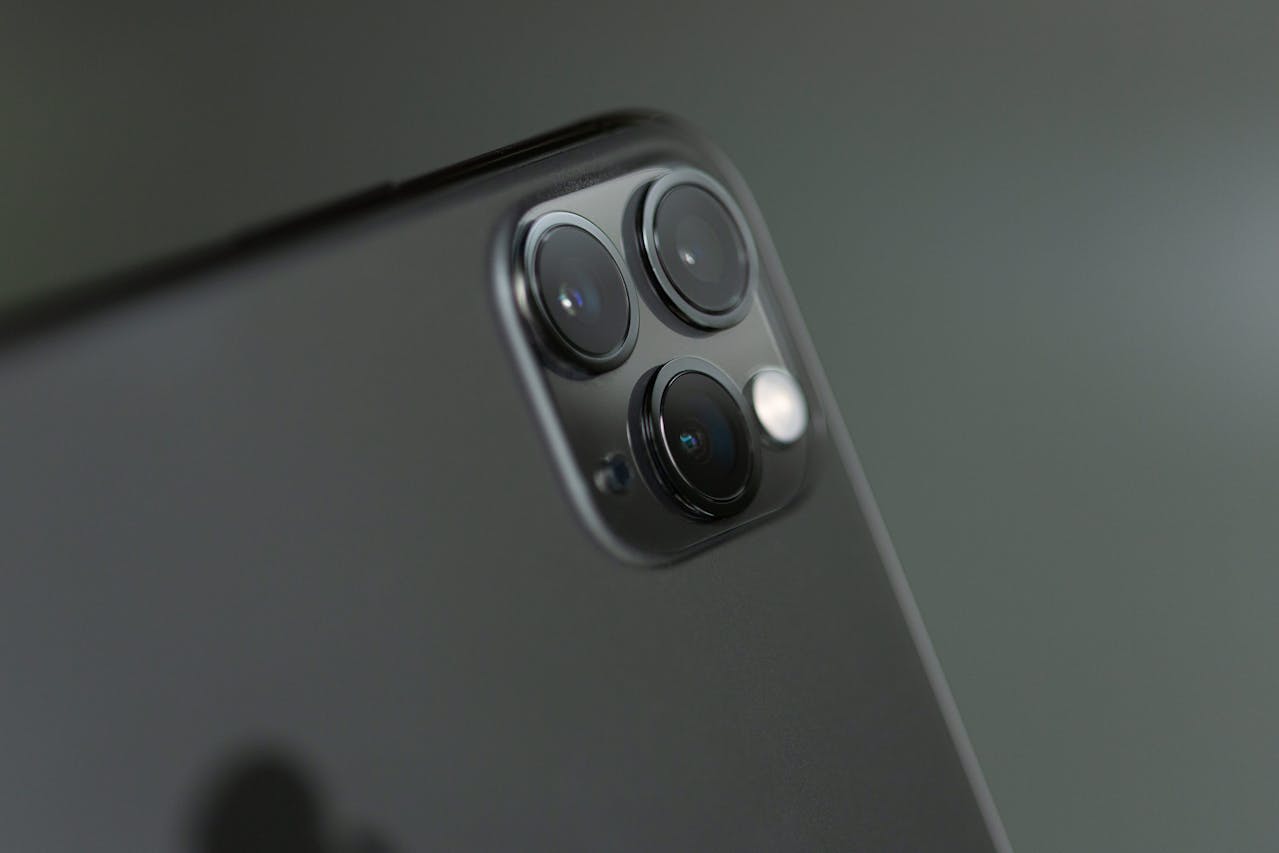Bridging Worlds: The Cultural Influence of Anime on Western Art
Introduction: Anime, the distinctive art form born in Japan, has become a global cultural phenomenon. Its influence extends beyond its land of origin, permeating Western art and entertainment. This article delves into the historical context, current developments, and the significant impact of anime on Western culture.

An Unfolding Tale: The Emergence and Growth of Anime
Anime originated in Japan over a century ago, establishing an art form that would eventually have a profound impact on global culture. The birth of anime can be traced back to 1917 with the production of early animations, though it gained mass appeal post-WWII. After Osamu Tezuka, often hailed as the ‘god of manga,’ created Astro Boy in the 1960s, anime entered a golden age, quickly expanding beyond Japan’s borders.
Anime Meets the West: The Initial Impact
The 1980s marked the beginning of anime’s significant influence on Western art. Shows like ‘Voltron,’ ‘Transformers,’ and ‘Robotech’ were the Western adaptations of Japanese originals, marking the first wave of influence. Anime’s distinctive aesthetics - its vivid color palette, exaggerated character features, and often mature themes - added a unique flavor to Western animation, creating a new visual language that resonated with audiences.
Contemporary Excursion: Anime in Current Western Culture
In today’s digital age, anime’s influence is more potent than ever. It’s seen in various media forms, from animated TV series, films, and graphic novels to video games and virtual reality experiences. Moreover, anime-inspired visual elements dominate the digital art landscape, with artists incorporating anime aesthetics into their work. Major digital platforms, such as Instagram, TikTok, and YouTube, host a plethora of anime-inspired content, signifying its widespread appeal.
The Ripple Effect: The Significance and Reception of Anime
The influence of anime on Western art has been transformative. It has pushed the boundaries of visual storytelling, introducing a wider range of themes and narratives. Often tackling complex emotions and societal issues, anime has broadened the scope of what can be explored in animation and graphic arts. Its stylistic influence has also been profound, with many Western artists adopting its unique aesthetic.
The Future: Anime’s Continuing Influence
With the continued success of anime-inspired works in the West, the future looks promising. As more Western artists incorporate anime aesthetics into their work, the art form’s influence is set to deepen. As we move forward, it’s likely that anime will continue to shape Western art, pushing it into exciting, uncharted territories.
Anime, as an art form, has bridged the gap between Eastern and Western cultures, leaving an indelible mark on the global arts and entertainment industry. As it continues to inspire and transform Western art, anime has proven itself as more than just a cultural export—it’s a powerful tool for global artistic expression.




